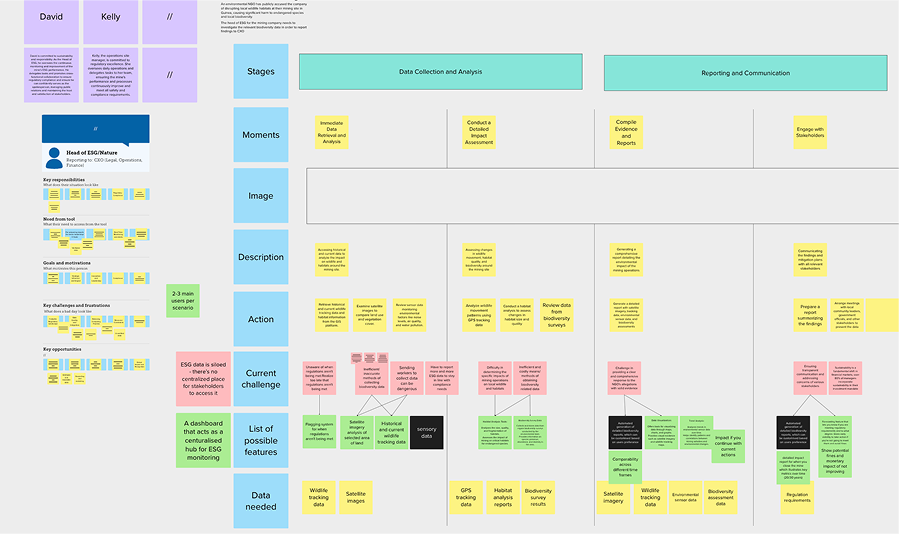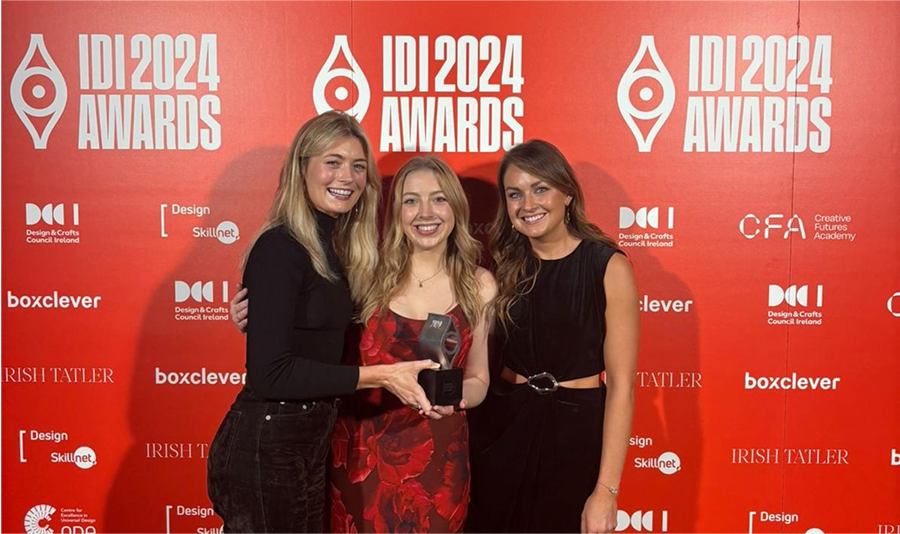We had six weeks to move from insight to prototype.
As the interaction and service designers on the project, my teammate and I worked closely to translate technical depth into usable design. I led interviews with biodiversity scientists, satellite experts, and mining leads to understand what mattered most in the field. Together, we mapped roles, decisions, and pressure points, then co-created early concepts with users.
I led the prototyping and testing - refining flows, shaping interactions, and aligning the experience to real-world use. The goal was to make nature visible in the places where it’s often overlooked.




Key features: